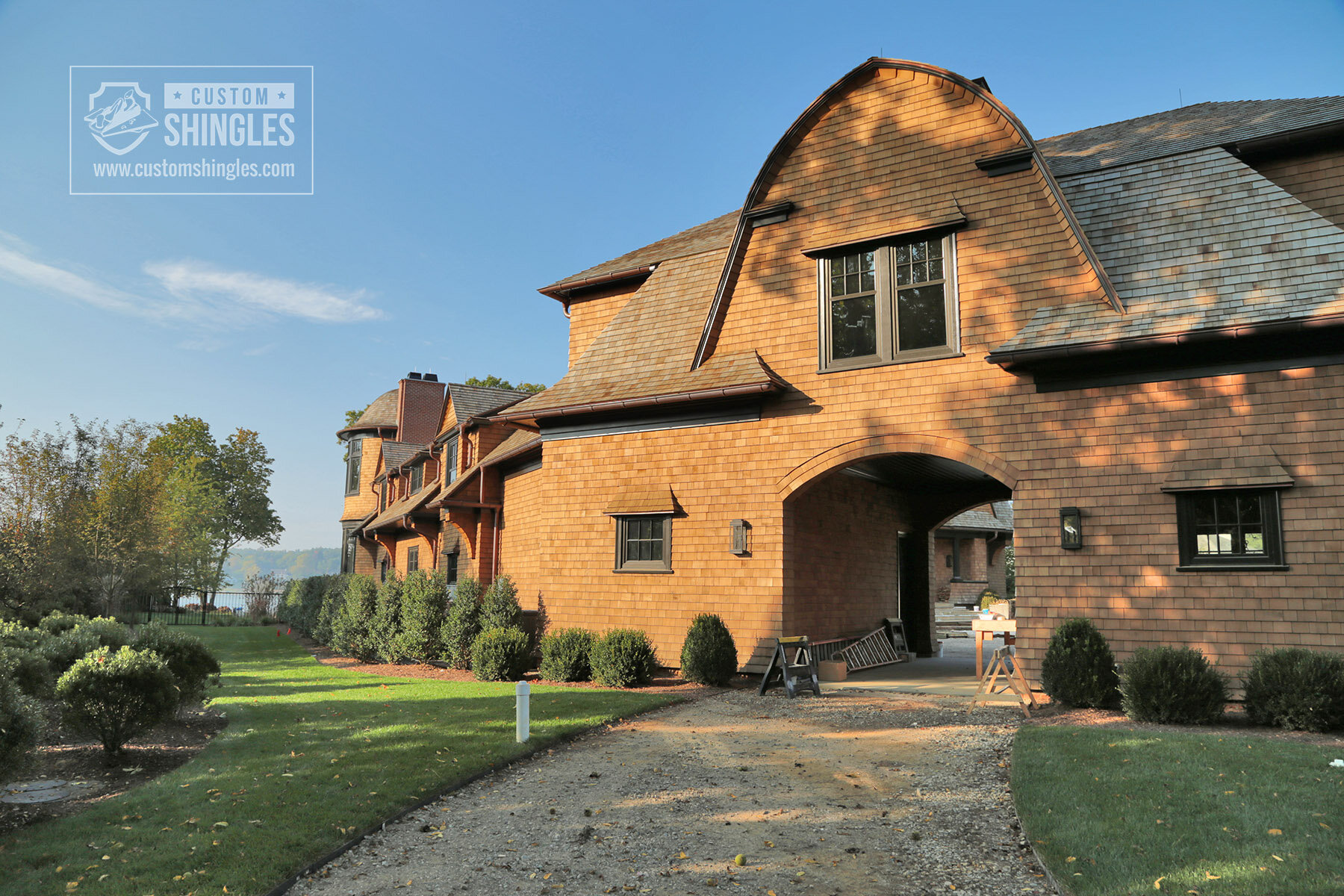Cedar siding is one of the most appealing solutions to update your exterior. When exploring this upgrade, you'll find various benefits of cedar siding for your home, a few things to consider and plenty of exciting options to inspire you.
Benefits Of Wood Cedar Siding
Cedar siding is natural wood used to cover and protect the exterior of your home. The wide range of selections enables you to match any era or style to give your home an stunningly unique appearance. In addition, the material itself offers numerous benefits.
1. A Perfect Home Insulator
One of the most significant cedar siding advantages is its natural insulating properties. The siding helps reduce utility costs by keeping your home cool in summer and warm in winter. The structure also reduces the amount of noise that enters your home.
2. Available In Various Options And Styles
The natural grains in cedar make it a remarkably appealing siding option. It's also a key feature for prospective buyers should you want to sell your property.
You can paint and stain cedar or keep the clear finished look. Like shingles, cedar siding is available in different shapes and designs, making it perfect for historical homes, unique architecture and rustic, charming abodes.
3. A Sustainable Siding Material
Cedar is biodegradable and requires minimal processing time, giving it a low carbon footprint. The sustainably sourced wood is durable, so you won't have to replace it as often as other siding materials.
4. A Robust Solution For Your Home
Cedar siding is robust and naturally moisture- and decay-resistant, with a life span of 30 years or more if maintained properly. Additionally, cedar is not susceptible to bacteria and fungus, which makes it ideal as a siding material.
Cedar Siding Disadvantages
There are both pros and cons to cedar siding when it comes to maintenance. You can let cedar siding age naturally, but if you want it to look like the day you installed it, you'll need to power wash it yearly. You will also need to consider re-staining it periodically. Otherwise, cedar's antibacterial and antifungal properties make it less maintenance-intensive than many other natural counterparts.
Insects don't like cedar because the wood contains high levels of tannin. It can, however, weather over time if mold and mildew build up in the creases. To enjoy your siding for years, you should treat and clean it regularly like every other home component.
Frequently Asked Questions
The following are a few of the typical questions we hear about cedar siding.
1. Why Is Siding Important?
Siding is a crucial component of the exterior of your home. The interlocking design protects your home from the elements like snow, rain and wind to give the interior greater security and longevity.
2. What Do You Need To Consider When Buying Cedar Siding?
There are several varieties of cedar, each with its own benefits and price points. The Eastern White Cedar is lighter in color, making it ideal for staining. This cedar type has a slightly longer life span than traditional Western Red, which makes it a little pricier.
The abundant Western Red Cedar is valued for its distinctive appearance and longevity. Alaskan Yellow Cedar — technically a member of the cypress family — is known for its yellow hue and receptiveness to various wood stains.
3. Is Cedar An Expensive Material?
Cedar siding is 30% more cost-effective than other varieties of wood siding. The total cost depends on the size of your home and how many bundles you need.
Learn more about cedar siding.
Get Inspired For Cedar Siding Installation At Your Home
Part of the enormous draw of cedar siding is its appearance and ability to upgrade your home's curb appeal instantly.
Custom Shingles has over four decades of industry experience. Get inspired by visiting our cedar siding and shingle or siding and shake portfolio sections. When you're ready to discuss your cedar siding installation project, reach out to speak with a representative.

